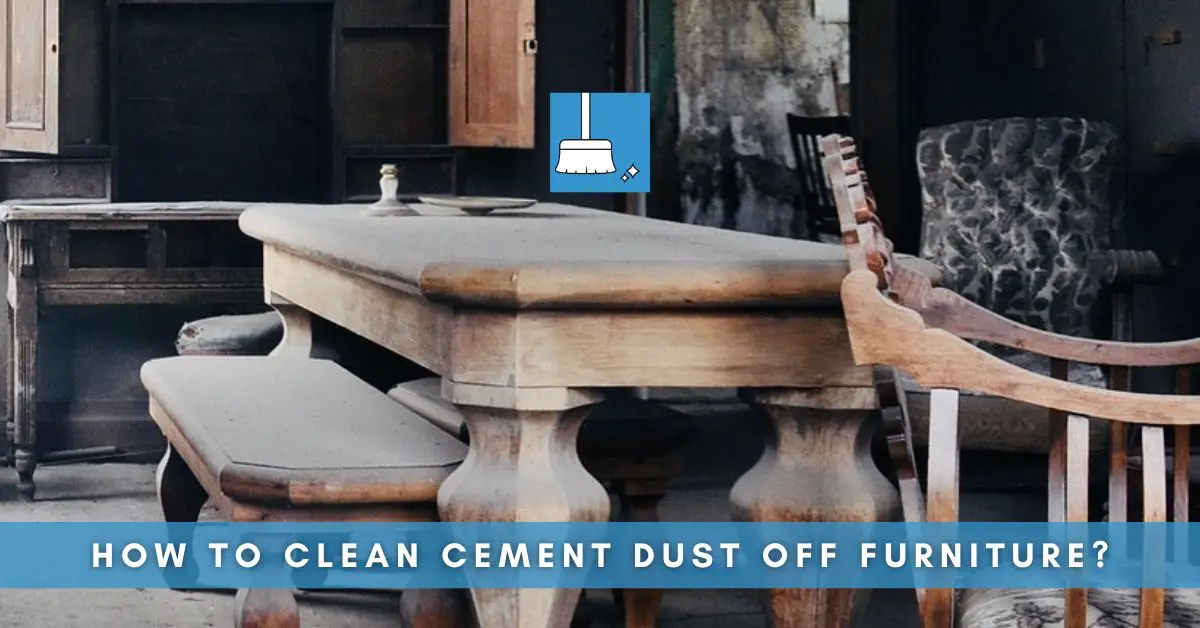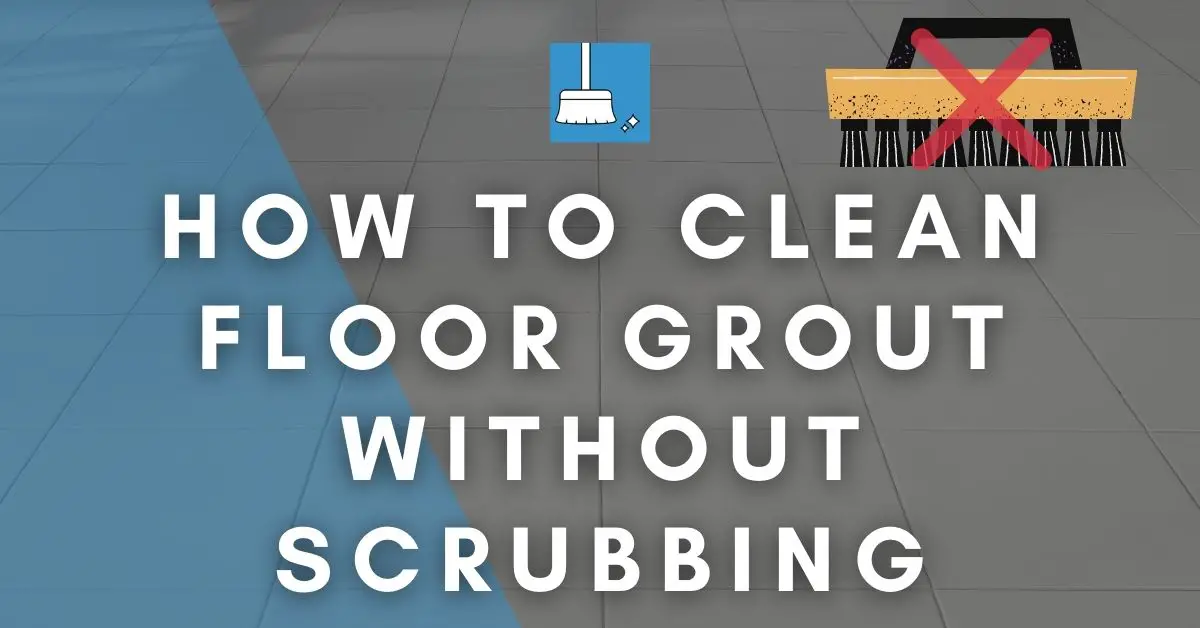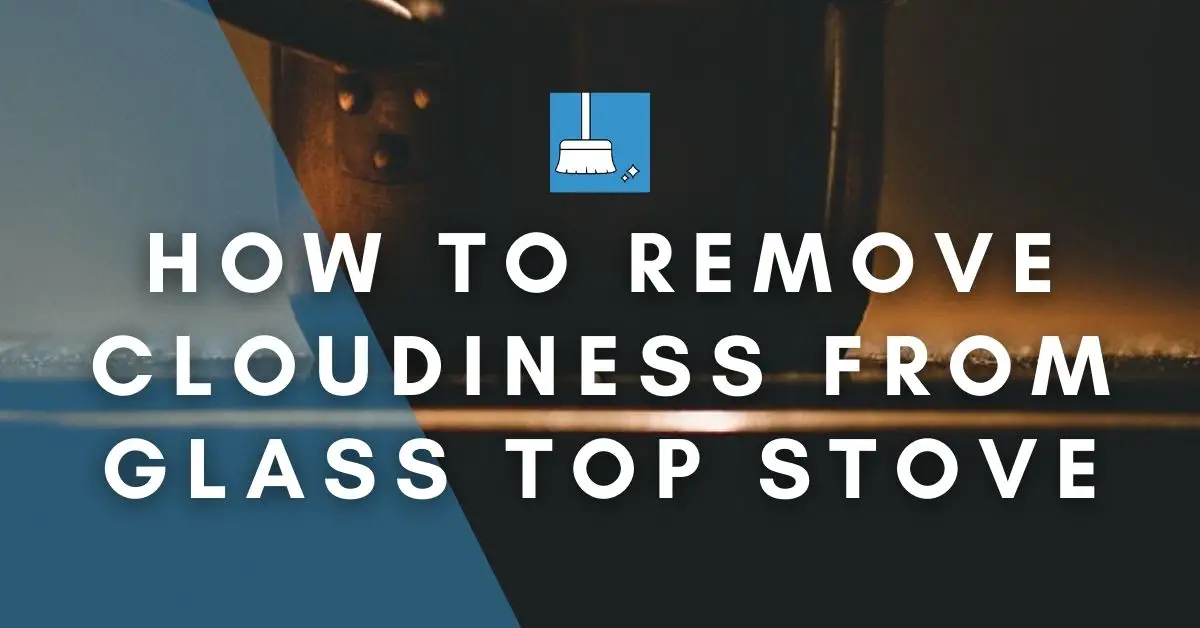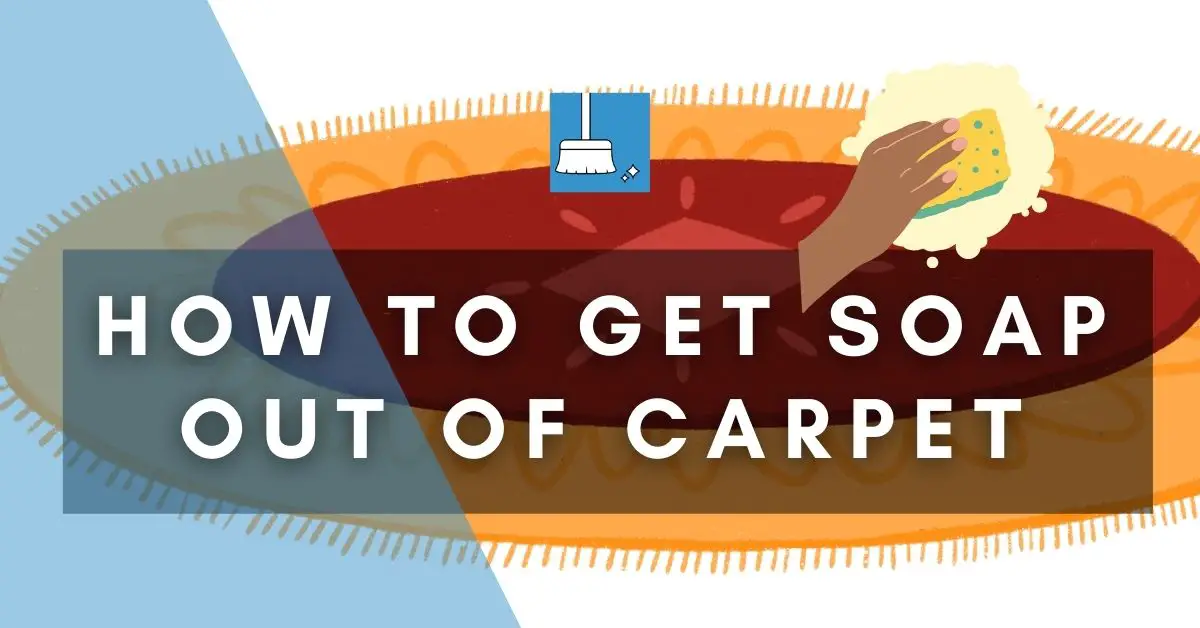After a renovation project, surfaces in the house are bound to be covered with a lot of cement or concrete dust, especially if the project involved concrete. Cement dust can leave streaks and white films on your furniture if not cleaned on time.
How to Clean Cement Dust off the Furniture?
As important as it is to clean your furniture, safety cannot be ignored. So let’s discuss several safety steps you need to take before cleaning cement dust first.
Before You Begin!
Here are a few things to make sure of before you begin with any of the steps:
1- Ventilation: Ensure the room that contains the furniture is well-ventilated. Cement dust pollutes the air and shouldn’t be breathed. If the area is under-ventilated, the dust will not have space t get out and will again settle down on the surface. If you have an air purifier, this is the time to put it on.
2- Protective Gear: Cement dust is harmful to health when it is inhaled. So you must protect yourself from accidentally breathing it by using a mask or a respirator and also use goggles to protect your eyes. This protection is even more important for you if you don’t have an air purifier and the room you’ll be working in isn’t well-ventilated.
Cement dust is also a skin irritant, it can cause rashes and burns if it settles on the skin. Wear rubber gloves and clothes that cover your skin entirely.
3- Vacuum: It will be very difficult to clean a thick layer of dust from furniture. It will likely create a mess and damage the furniture. So you should vacuum excess cement dust first. Use a HEPA-filter vacuum with a duster attachment for easy cleaning. Ensure the cement doesn’t get wet before you vacuum.
Method 1: Using White Vinegar
Vinegar is acidic so it breaks down cement stains well and clears up cement dust residues without leaving streaks. If it’s wooden furniture, vinegar will also polish it and make it shine.
YOU’LL NEED
1- Vinegar
2- Water
3- Bucket
4- Spray bottle
5- Towels
6- Cloth
STEPS
Step 1- Depending upon the size and number of pieces of your furniture, you will need a vinegar solution. Mix equal parts of white vinegar and water in a bucket.
Caution: Undiluted vinegar should never be used on woof as it can lead the wood to weaken, swell and disintegrate.
Step 2- Use a soft towel to apply the vinegar solution to the furniture and wipe it clean. Wooden furniture can be easily damaged by excess moisture so be careful when cleaning it. Dip the towel into the solution, wring out excess water from it, then use it to wipe the furniture.
Repeat until you have wiped the whole surface of the furniture.
Step 3- Now wait for about 2 minutes. This will give time for the vinegar to properly break down any cement residue and clean your furniture properly.
Step 4- The vinegar residue on the furniture has to be removed. Use a damp cloth for wiping the surface vinegar residue.
Step 5- Finally, take all the moisture off the surface by drying with a towel.
Method 2: Using Hydrogen Peroxide
YOU’LL NEED
1- Hydrogen peroxide
2- Water
3- Spray bottle
4- Dishtowel
5- Cloth
STEPS
Step 1- Take 1 gallon water in a bucket and mix 12 ounces of hydrogen peroxide in it. Pour this solution into a spray bottle.
Note: Although generally safe to use, it is good to test Hydrogen Peroxide in a hidden spot of the furniture to ensure the chemical won't damage your furniture.
Step 2- Spray the furniture and wipe it with a soft dish towel. Do this section by section; instead of spraying the whole furniture first, spray an area, wipe with a towel, then move on to the next area until you have wiped the whole furniture.
Step 3- Using a damp cloth, wipe the furniture to remove all traces of hydrogen peroxide. Then wipe it dry with another towel.
Method 3: Using Ammonia
Not only is ammonia a good chemical for removing cement dust from furniture, but it also kills mold and mildew on wooden furniture, if used properly.
YOU’LL NEED
1- Ammonia
2- All-purpose cleaner
3- Water
4- Microfiber cloths
5- Dishtowel
6- Bucket
7- Spray bottle
STEPS
Step 1- In a bucket full of water (about 1 gallon), add 1 cup of ammonia and stir the solution to ensure it mixes well.
Step 2- Pour this solution into a spray bottle and spray your furniture. Test in a corner of the furniture first, to ensure ammonia won’t damage it. Some wooden furniture changes colors when cleaned with ammonia.
If your furniture doesn’t change color after the test, spray the whole furniture.
Step 3- Ammonia will take about 1 minute to break down any cement dust residue and make it easier to lift. So simply wait.
Step 4- Wipe the furniture with a microfiber cloth removing the ammonia solution as well as the cement dust. When one cloth gets dirty, use another, until you have wiped the whole furniture.
Step 5- Make a soapy solution by mixing water a few drops of an all-purpose cleaner. You can use Fabuloso or Lysol. Ammonia has a strong odor that can be quite unpleasant, cleaning your furniture with this solution will eradicate that odor and remove any ammonia residue that may still be on the furniture.
Step 6- Dip a cloth in the soapy solution and after wringing it, use it to wipe the furniture. The solution shouldn’t be too soapy so rinsing the furniture is not required.
Step 7- Simply dry the furniture by wiping it with a dish towel.
Method 4: Using Calcium Lime Rust Remover
Calcium lime rust remover, popularly known as CLR is a great solution for removing cement dust from the furniture. Because it is a lime remover, it breaks the lime in cement significantly making it easier to wipe off your furniture.
If the cement dust on your furniture has become stuck or has dried, then it enough of a reason why you should use CLR.
YOU’LL NEED
1- CLR
2- Water
3- Bucket
4- Spray bottle
5- Cloths
6- Towel
STEPS
Step 1- Mix equal parts CLR and warm water in a bucket and pour this solution into a spray bottle. If you are using a commercial one, check the instructions on the bottle.
Step 2- If it’s not wooden furniture, spray it generously with the CLR solution, covering all the surfaces of the furniture.
If it is wooden furniture, you don’t want excess moisture on it. This can encourage the growth of mold and mildew.
Spray a cloth and use it to wipe the furniture. Do this until you have wiped every part of the furniture. Change the cloth if necessary.
Step 3- If you sprayed your furniture directly, wait for 2 minutes before wiping it with a cloth. This step isn’t necessary if you sprayed CLR on a cloth and not on the furniture.
Step 4- Use a damp cloth to wipe the furniture to remove CLR residues. Then dry the furniture with a towel.
Conclusion!
Cement dust can be a hassle to tackle because it can easily solidify in no time on surfaces like wood, cars, etc. But using simple household cleaning items (such as vinegar, Ammonia, Hydrogen Peroxide), cement dust can be taken off from many surfaces including furniture.





